Search
Search Results

Image
Cypriot Pitcher
This Cypriot oinochoe or pitcher in Mycenaean geometric style dates from the late 8th to early 7th century BCE. (Archaeological Museum, Milan)
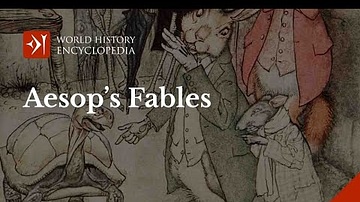
Video
An Introduction to Aesop's Fables
A fable is a short story that usually includes animals that act like people as the main characters and conveys a moral or a lesson to be learnt. Aesop’s Fables (which come to a total of 725, although modern editions often only include between...
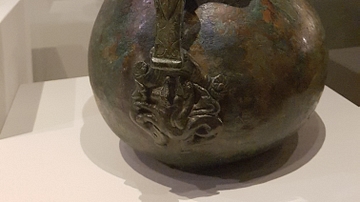
Image
Bronze Pitcher From Pompeii
A bronze pitcher with Nereid (sea nymph). 1st century CE. Soprintendenza Archeologica di Pompei, (photo taken at the National Maritime Museum, Sydney Australia) Utensils for serving food were another way of showing your wealth. This bronze...
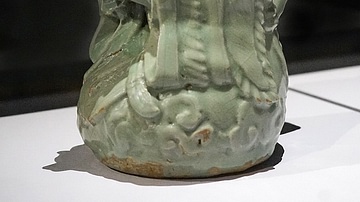
Image
Taoist Figure Celadon Pitcher, Goryeo Dynasty
A celadon pitcher in the form of a Taoist figure. Goryeo Dynasty, 12th century CE, Korea. (National Museum of Korea, Seoul, South Korea)

Image
Lion Shaped Pitcher from Ancient Armenia
This clay pitcher with images of lions is made from clay. It comes from what is present-day Armenia, and it dates from the 13th century BCE. (Metsamor Historical-Archaeological Museum-Reserve, Taronik, Armenia)
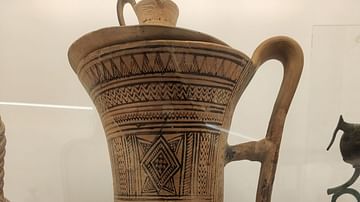
Image
Attic Large Geometric Pitcher with Lid
This pitcher is decorated with linear motifs and horses in successive zones. Vases of this class were used as cinerary urns in Attic burials during the Late Geometric Period. Found in an Attic workshop. Late Geometric II Period (735-720 BCE...
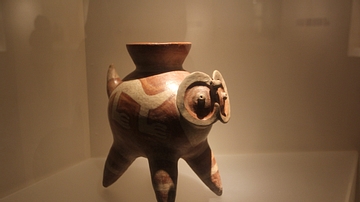
Image
Sculptural Viru Pitcher
From the Formative Epoch (1250 BCE - 1 CE). Represents a figure with the body of a feline, head of an owl, and a serpent-like tail. These animals all had sacred and symbolic meaning in many ancient Peruvian cultures. At the Museo Larco, Lima...
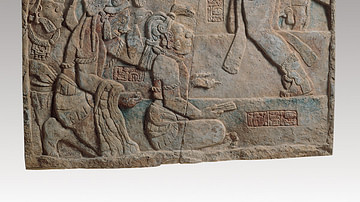
Definition
Maya Government
Ancient Maya government was formed on the basis that rulers were thought to have been god-like, which to some might suggest one unified state. However, the consensus amongst anthropologists supports that each major Maya city remained its...
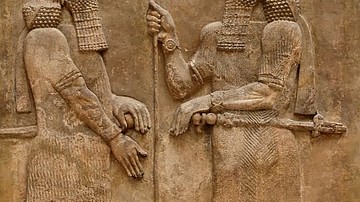
Definition
Sargon II
Sargon II (r. 722-705 BCE) was one of the most important kings of the Neo-Assyrian Empire as founder of the Sargonid Dynasty which would rule the empire for the next century until its fall. He was a great military leader, tactician, patron...
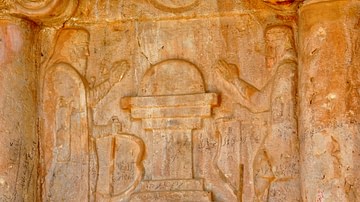
Article
Ancient Persian Gods, Heroes, and Creatures - The Complete List
The term 'mythology' comes from the Greek mythos (story-of-the-people) and logos (word or speech), meaning the spoken story of a people. Every civilization of the ancient world developed a belief system, which is characterized as 'mythology'...